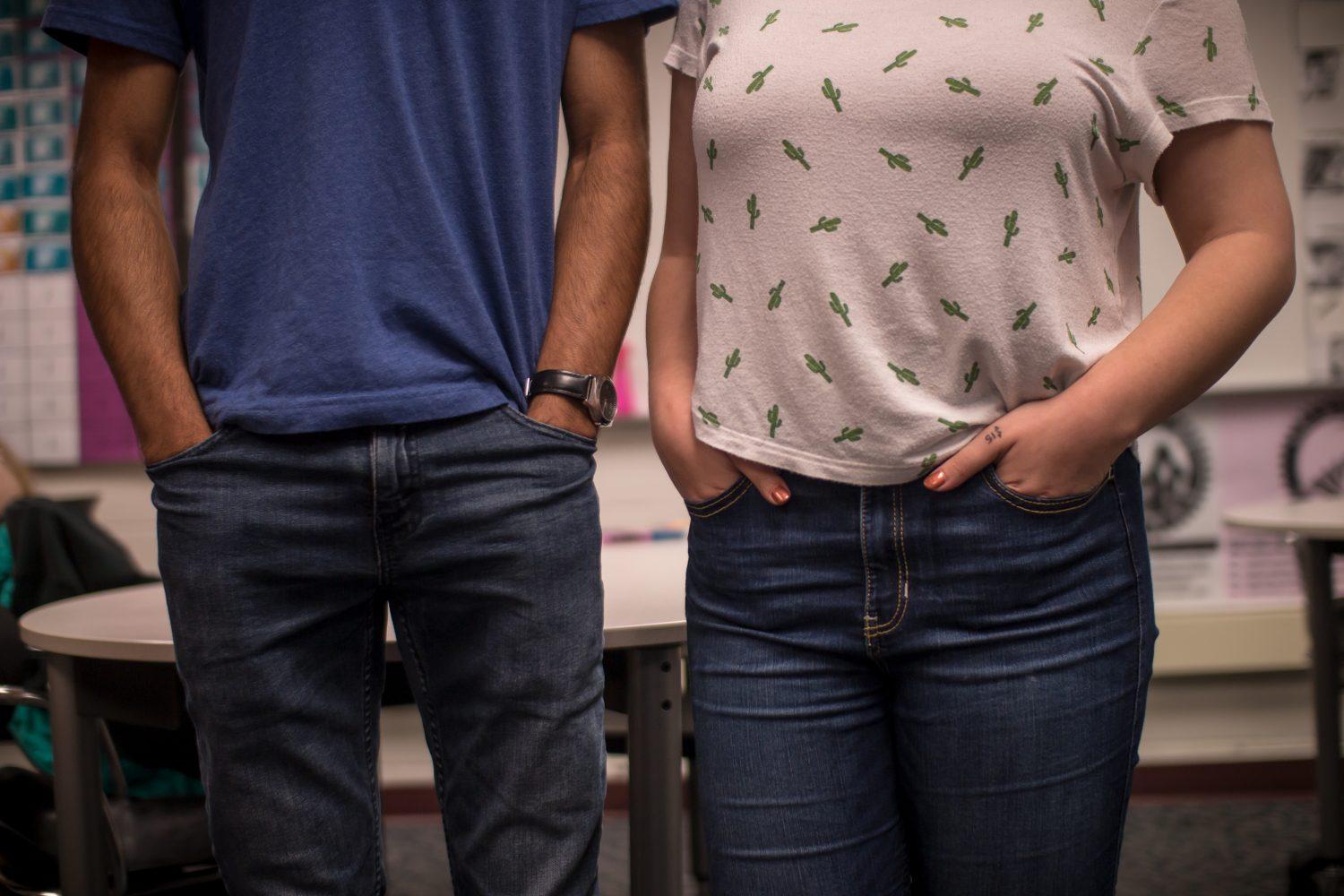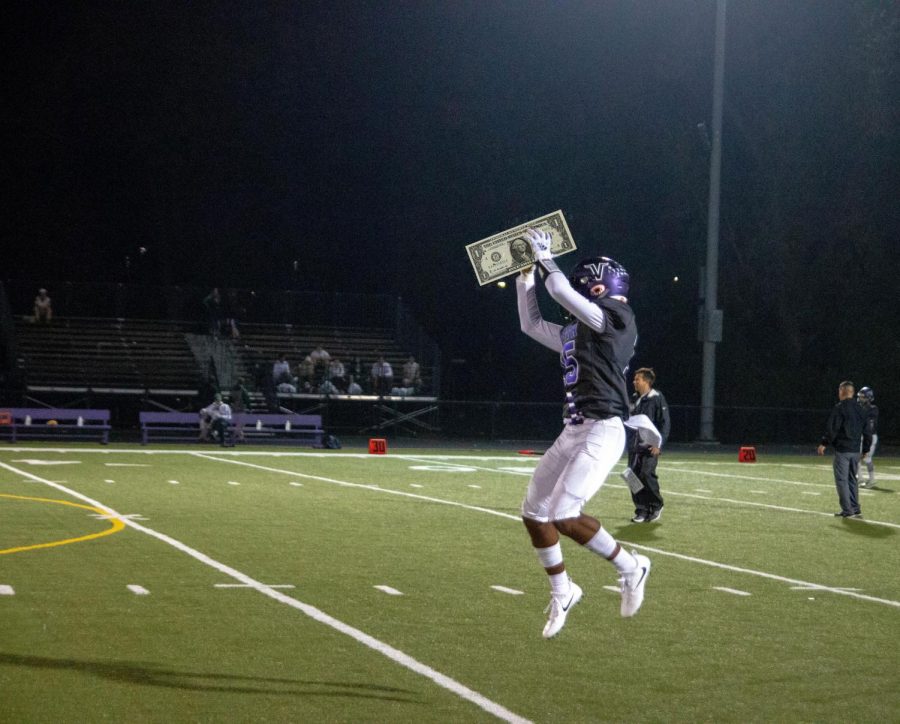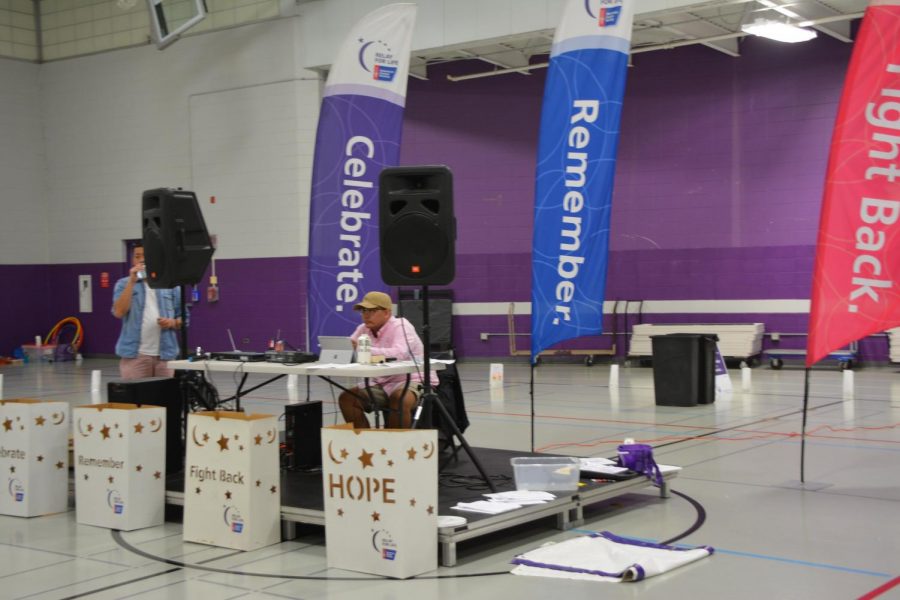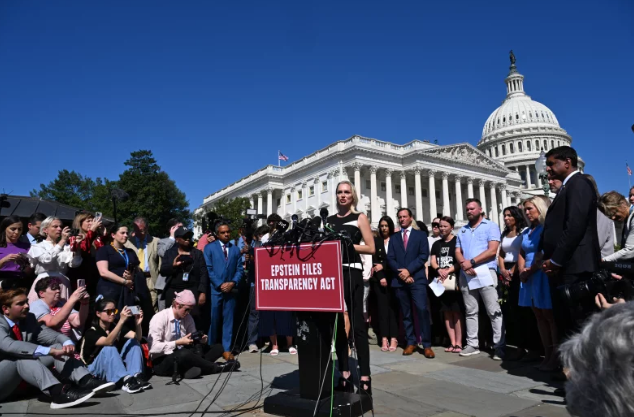When leaving the house, there are three essentials that must be accounted for: wallet, keys, and phone. Mindlessly, you reach to put all three items in your pockets only discover that your pants are pocketless and the fabric compartments were only sewn on for show. Already running late, you angrily trek back to your closet, place all your essentials into a purse, and finally walk out the door.
Pocketless clothing in women’s trends continues to be an issue going unnoticed by a majority of the population and capitalized by fashion industries. Women’s pants, blazers, and dresses are rarely accompanied with functioning pockets, but instead often contain “fake” pockets which serve no utilitarian purpose. Women’s fashion businesses have been profiting off the absence of pockets in clothing as it forces consumers to spend more money on purses or other containment accessories.
Historically, pockets in menswear have been directly sewn into garments whereas women had to create separate pouches to hide under their clothing to serve as makeshift pockets. Fashion historian Barbara Burman noted that “the frustrations and limitations of women’s access to money and ownership of property were neatly mirrored in the restricted scope of their pockets.” As this patriarchal society continued to evolve and women began to demand equal rights, pants with pockets were granted to female employees working in factories during World War II. Leading up to the 21st century, societal ideals desiring slimmer figures for females have once again led to a decline in pant pocket production as pockets are cut out to ensure women have slimmer silhouettes.
Although pant pocket equality may not be one of the most pressing concerns within the women’s equality movement today, the lack of pockets in women’s clothing does serve as a major nuisance as extra energy is required of females to keep track of all items jumbled around in a purse. Before having to deal with this annoyance, women have to first go purse browsing causing both financial expenditure and added shopping stress.
“There have been countless times when I hold up a line of people as I struggle to take my wallet out of my purse. Because a purse or bag is hard to keep organized, items like my receipts and keys usually end up falling out causing frustration for me and the people waiting behind me,” Ajmal Ahmed, senior, said.
This bothersome fashion issue stems from sexist roots as women are subjected to the same difficulties men have when searching for well-fitted pants, and then have to face additional obstacles due to the persistence of pant pocket inequality. Not even realizing it, men live a more privileged life not second-guessing themselves when reaching to place things in or take items out of a handy clothing compartment.
“Life with pockets is very organized and things are far more accessible. I don’t like it when they’re too shallow because then they can’t hold my cellphone,” RJ Thielsen, science instructor, said. “If women want pockets, they should be able to get pockets,” Thielsen added.
Some individuals, most likely males, may still think that women complaining about having pocketless pants need to simply change their clothing sources to find garments with pockets; however, this proves to be difficult when the fashion industry continues to be male-dominated and form reigns over function. Changing clothing sources does not solve the problem of women not being granted the “luxury” of having pockets. On the other hand, it proves to create more difficulties as women have to track down new stores and hunt to find clothing items containing pockets.
“When I go shopping for new jeans, I have to mentally prepare myself for the struggle. I first have to find jeans that are aesthetically pleasing. Then, I have to make sure they fit and are just the right length. The final step is to check to see if they have pockets,” Sadia Ahmed, junior, said.
Ajmal Ahmed added, “Most of the pants I buy don’t have pockets. Before, I used to be oblivious to this issue and usually discovered that my pockets were sewn on after purchasing the clothing. Now, although I check to see if real pockets are there, I usually end up buying the pocketless pants out of dejection and frustration.”
With all the technological advancements made in the phone industry in particular, more attention is given to the issue of women being unable to fit their iPhones inside pockets that are either too small or nonexistent. A unifying sense of frustration within the female demographic directed at the lack of pant pocket equality pushes forward the fight for ensuring women finally share the privilege of having pockets with their male counterparts.
Featured image credits to Ihab Hachami













